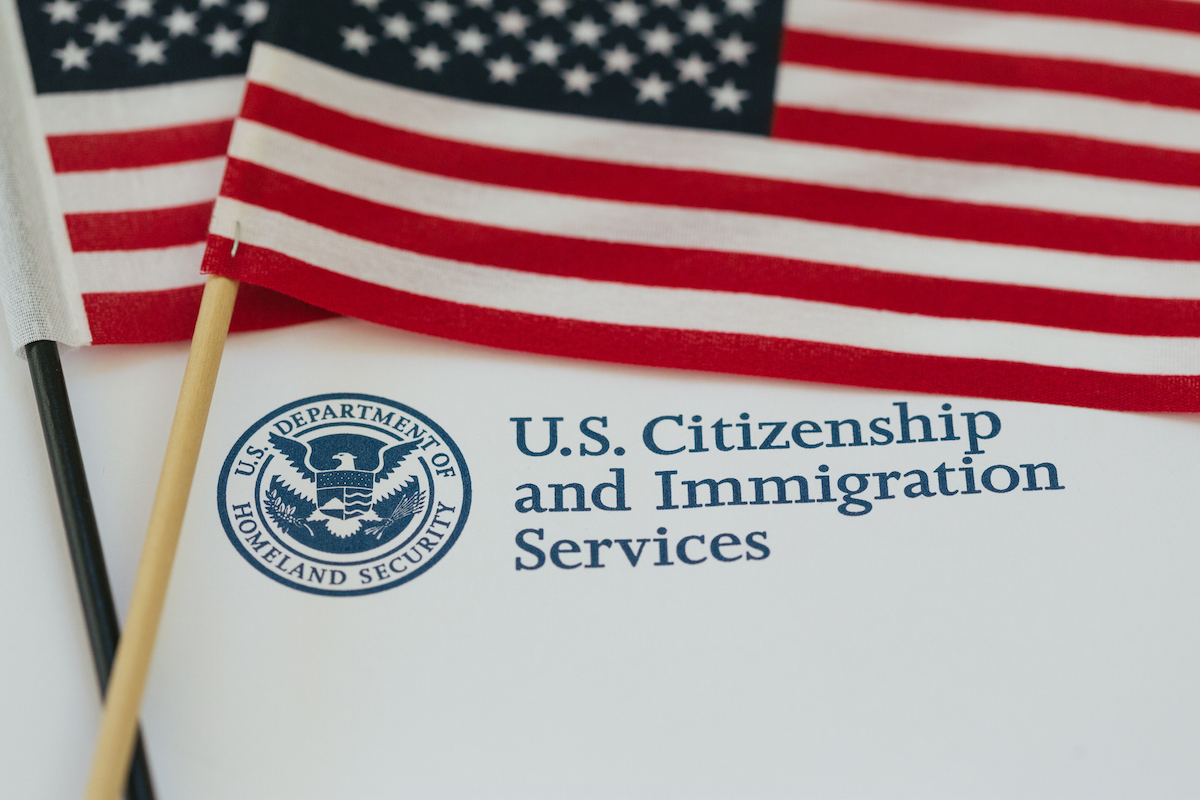The conviction of two individuals involved in a human smuggling operation that led to the deaths of an Indian family at the US-Canada border in January 2022 underscores the devastating toll of illegal migration networks. While justice appears to have been served in this case, the incident reveals deeper systemic failures and the cruel exploitation of vulnerable individuals seeking better lives. The family’s story is heart-wrenching.
A father, mother, and two young children perished in sub-zero temperatures during a treacherous journey orchestrated by smugglers who prioritised profit over humanity. Their deaths are emblematic of the risks migrants endure when caught in the web of illegal trafficking. Despite coming from a relatively stable background, the family’s willingness to undertake such a perilous journey highlights the allure of economic opportunities abroad and the despair caused by limited options to pursue them legally. Illegal migration from India has surged in recent years, particularly through unconventional routes like the US-Canada border. This trend is fuelled by a combination of systemic challenges and personal aspirations.
Advertisement
The slow, often dysfunctional immigration systems of developed nations make legal pathways inaccessible for many, pushing them toward illegal alternatives. Smugglers exploit this desperation, charging exorbitant fees while subjecting migrants to inhumane conditions. The smuggling network implicated in this case reportedly facilitated the movement of hundreds of migrants, mostly from Gujarat.
The operation relied on hawala transactions and transnational logistics, underscoring how organised these crimes have become. Such networks thrive on global economic inequities, the aspirations of individuals seeking better futures, and the inability of governments to effectively curb illegal migration. Communities must play a role in raising awareness about the dangers of illegal migration. Grassroots initiatives, combined with targeted government outreach, can help educate vulnerable populations about the risks and highlight safer alternatives for those seeking opportunities abroad. While the convictions provide a semblance of accountability, they alone cannot dismantle the larger machinery of human smuggling. Addressing this issue requires a multi-faceted approach.
Governments must collaborate to disrupt smuggling networks through intelligence sharing and enforcement measures. At the same time, streamlining legal immigration processes can provide safer, regulated avenues for migrants, reducing their reliance on illicit channels. For India, this tragedy should serve as a wake-up call. The increasing number of citizens willing to risk their lives for opportunities abroad reflects gaps in domestic economic and employment policies. Addressing regional disparities and creating sustainable livelihoods can deter the push factors driving migration. Ultimately, this case is a sobering reminder of the moral imperative to protect human lives. Migrants are not mere statistics; they are individuals with aspirations, families, and dreams. A comprehensive approach that balances enforcement with compassion, and national interest with global responsibility, is essential to prevent such tragedies. Only then can we honour the lives lost and ensure that no family is forced to make such a perilous journey again.









